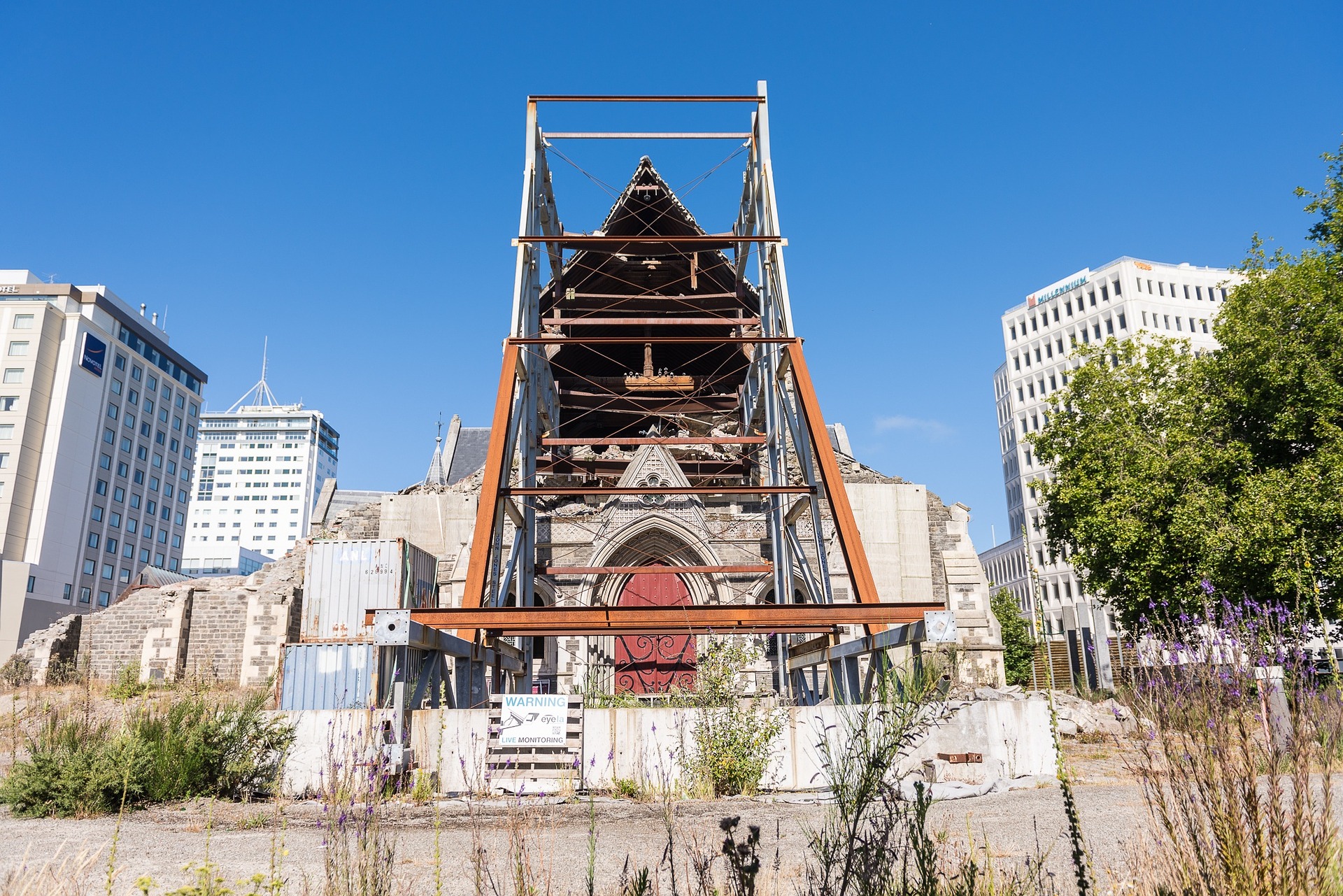Machine learning AI has been taught to forecast patterns of locations following large earthquakes, according to a new study published in Nature by US researchers.
The researchers trained a neural network to understand where earthquakes induce stress using data from more than 131,000 pairs of earthquakes and aftershocks. They then used the network to identify the pattern of aftershock locations in an independent dataset of more than 30,000 earthquake–aftershock pairs. They say the network was able to do so more accurately than the current prediction method – Coulomb failure stress change – because their method identifies several different kinds of stress, whereas the traditional model only looks at one.
Dr Professor Mark Stirling, Chair of Earthquake Science, University of Otago, comments:
“Coulomb stress change has been investigated as a forecasting tool for a few decades now, and has a solid physical basis. In short, areas of increased Coulomb failure stress after major earthquakes should be the areas of enhanced future earthquake occurrence. As a consequence, very precise forecasts were made for large earthquakes on the North Anatolian Fault near Istanbul in the 90s-2000s, which were very ambitious given the state of knowledge at the time.
“Some strong spatial correlations have since been shown to exist between areas of increased Coulomb stress change and aftershock productivity (e.g. following the M7 2016 Kumamoto earthquake in Japan). However, there have also been results that turned out to be less informative, such as the Coulomb-based work on the Canterbury earthquake sequence. In these cases, earthquake clustering-based forecasting methods such as STEP, EEPAS and ETAS have been more informative.
“I think the present research published in Nature is worthwhile as it looks more deeply into how the Coulomb-based forecasting method can be properly developed and tested. The application of machine learning to high-quality earthquake datasets is a big step beyond what has been done in the past.
“With evolving methods like this, we stand to gain a better understanding of how this method can contribute to the ensemble of existing earthquake forecasting methods. We will, for instance, learn whether the method can be applied to every earthquake sequence (high value) versus being very sequence-specific (limited value). Another benefit will be in understanding forecasting afterand quantifying the associated forecast uncertainties.”
No conflict of interest.
Joint comment from GNS Scientists: Dr Matt Gerstenberger, Seismologist – Principal Scientist; Dr David Rhoades, Geophysical Statistician – Principal Scientist; Dr Bill Fry, Seismologist:
“The DeVries et al. (2018) study tests whether machine learning can be used to improve upon forecasts of the spatial pattern of aftershocks following large earthquakes that are derived based on a physical hypothesis of stress in the crust. The hypothesis simply states that areas where we would predict stress increases (specifically called Coulomb stresses) have more aftershocks and places where we predict stress decreases have fewer.
“Coulomb stress modelling to forecast the location of aftershocks is an appealing hypothesis that has motivated considerable research over the last two decades or more. This research has highlighted the considerable uncertainty and difficulty in developing Coulomb-based forecast models. A recent article by Cattania et al.(2018) performed detailed statistical testing of a variety of Coulomb-based hypotheses and showed that for the Canterbury Earthquake Sequence some varieties of Coulomb models may be able to perform on par with more traditional statistics-based aftershock models.
“However, this is possible only when the uncertainties in the modelling are thoroughly examined and included. The results of the DeVries et al. study also show that the complex spatial patterns of Coulomb-based models may be difficult to forecast correctly due to the large number of factors impacting the details of the forecast. The spatial patterns identified by the machine learning are consistent with those used in statistical models for earthquake forecasting in New Zealand (and elsewhere around the world). It will be interesting to see if machine learning will be able to identify spatial patterns that will help to improve traditional forecasting in the future.”
No conflict of interest.
